One of the reasons I like using movies and music as examples in my articles, besides the fact I’m a media and entertainment attorney, is that art imitates life and life imitates art. Art conveys deep truths in simple ways.. without getting caught up in the weeds. The more we get caught in the weeds, as people, the less likely we are to find and implement solutions to problems.
One of the problems many are looking to solve these days is the lack of diversity, equity, and inclusion in most major sectors.
Don’t close this article yet!
In all seriousness, it’s a tough issue to tackle.. for several reasons, including the fact that different people look at this topic differently; even people within the same class or demographic group look at this issue from different perspectives.
I once had a conversation with a black guy who said he doesn’t “self-identify”, meaning he doesn’t consider himself black; yet, he told me he knew I was Nigerian because I was the only black guy in a room full of white tech guys.
Figure that one out for me.
That said, “diversity” is something I’ve been thinking a lot about lately. It’s also something I sometimes wonder whether I should speak up more about. On one hand, I do believe that we have a social obligation to use our voices; particularly for those without one, but I also believe in action over talking.
I don’t believe equity or equality is something any man (or woman) can give you. It already exists, and it’s already yours, you just have to make the decision.
That said, when it comes to diversity, particularly economic diversity, it’s a sticky issue.
Why?
Because there are many ways you can approach the issue of diversity and economic inequality. Some studies display a gross, general, wealth gap between different races and wealth classes.
But those are averages of the total population(s); and other studies say that when you control for education, the income gap between ethnicities and sexes drastically decreases. Basically, people with advanced degrees make more than people without degrees; and earn a “more equitable” percentage of income.
Median annual earnings of full-time year-round workers 25 to 34 years old with a bachelor’s or higher degree, by educational attainment and race/ethnicity: 2016
And other studies say, yeah that may be true but student loans and slow income growth have destroyed those gains!
…and other studies say that even for those people, from underrepresented groups, who do “succeed” and earn high wages - there’s still a glass ceiling!
There’s truth in all of these points; but with all of these studies, and statistics, what are we to do?
Fill our minds with reasons why we can’t succeed?
Wait on the government to save us?
Beg and plead for acceptance?
Sit down and do nothing?
Yes, there are very real structural issues that need to be addressed; but if you give yourself a mountain of reasons why something isn’t possible, your success is unlikely. Just ten years ago, I was considered an illegal immigrant who couldn’t work in this country.
A lot can change in ten years.
Within that time, and throughout my life, I’ve learned a lot about diversity and America in general. This article is my attempt to give a different perspective on the subject.
It’s probably also a form of therapy.
Let’s begin, shall we?
BUSINESS IS BUILT ON CULTURE
“You People”.. the new movie on Netflix, starring Jonah Hill, Eddie Murphy, Lauren London, David Duchovny, Julia Louis-Dreyfus, and Nia Long.
I haven’t watched it yet, but it seems to be a twist on the old movie ‘Guess Who’s Coming to Dinner?’ starring the late, great, Sidney Poitier. Wikipedia gives this summary about ‘Guess Who’s Coming to Dinner?’
“In 1967, Joanna Drayton, a 23-year-old white woman, returns from her Hawaiian vacation to her parents' home in San Francisco with Dr. John Prentice, a 37-year-old black widower. The couple became engaged after a 10-day whirlwind romance. Joanna's parents are Matt Drayton, a successful newspaper editor, and his wife, Christina, who owns an art gallery. Though both of the Draytons are liberal-minded, they are initially shocked their daughter is engaged to a man of a different race. Christina gradually accepts the situation, but Matt objects because of the likely unhappiness and seemingly insurmountable problems the couple will face in American culture.”
Funny enough, it reminds me of a past experience I had.
I was taking Home Ec, in high school, and we were given a project where we and our partner had to plan a wedding. We were given a budget and had to plan for everything from the dress to the venue. My partner was a white girl. That’s cool, there’s nothing wrong with that.. or so I thought.
For some reason, I thought to ask her a question.
My mouth is always getting me in trouble…
I asked her, “what would happen if you and I wanted to get married for real, would your dad give his blessing?
Her answer was no.
I’ve always been slightly off.. so I wasn’t offended. I actually thought it was comedically ironic and hilarious that here I am doing a wedding project with a girl whose dad wouldn’t even accept me. It was like we were performing a fictional stage play.
Who were we performing for?
I use this story as a metaphor for America, in general, but also for Corporate America and its diversity initiatives which are often nothing more than PR stunts.
Yes, changing your profile picture to a black screen has undone decades of systemic injustice. Congrats!
One thing that’s very important to understand is that business is built on culture, and culture is inextricably tied to identity.
Culture is what binds people together.
Culture is the stories, languages, traditions, and belief systems of a people; and when you strip or attempt to strip, a culture from a people - you are, in essence, stripping away their identity.
This is relevant when it comes to conversations about diversity and race because many of those conversations are really arguments, threats, and accusations - all around, on all sides.
FYI, getting people to address any shortcomings of their culture is a very difficult thing, and I would recommend you only deal with it with the skillfulness of a surgeon… if you’re interested in progressive change, that is.
Why?
Because when you attack people’s culture, you’re attacking their identity, who they are, and all they know. That’s the reason why many southerners are still willing to die over the Confederate flag.
When it comes to businesses, they too, are built on certain identities, belief systems, and worldviews; and this can often conflict with social initiatives, right or wrong.
Every business has its own culture, and you have to understand this.. just as you wouldn’t go to someone’s house for the first time, and immediately put your foot on the table, you also have to understand the customs and culture of a company before you immediately look to make change; regardless of whether it’s a process, departmental, or organizational change.
You can’t go to China and expect to recklessly apply the customs of America. Good luck. The same is true, from business to business.
Businesses also have to make money.
This all makes having conversations and implementing initiatives related to diversity very difficult because no one wants to be attacked or told that they’re doing something wrong; especially when they’re also worried about the bottom line.
That’s why in order for any diversity initiative to succeed there has to be an environment of transparency, honesty, empathy, and bias for action - without judgment.
Conversations change the nation. In my previous example, there would have been no way for me to change the mind of my Home Ec partner’s father, and no way for him to change mine about himself unless we “sat down for dinner” - so to speak.
It’s either that or we build and stay in our own houses, and eat dinner where we know we’re welcome.
Maybe, it’s both.
ABOVE THE STREETS
Another aspect that makes conversations about diversity so difficult is that we’re dealing with historical and socio-economic themes - throw in powerful political and corporate interests - and it’s combustible.
Sometimes, current events make no sense until you go back in history, and then they make perfect sense. Here are a few books I’m reading if you’re interested in learning more along these lines: ‘The Color of Money: Black Banks and the Racial Wealth Gap’, ‘Kicking Away the Ladder: Development Strategy in Historical Perspective’ and ‘The Corporation That Changed the World: How the East India Company Shaped the Modern Multinational’.
One of the interesting things about America, to me, is that (like other countries) it has always dealt with ethnic and economic strife. Yet, many times, people pretend like this wasn’t the case. It’s either the founding of America is whitewashed and the early settlers were saints who did brown people a favor or only brown people have been done wrong.
There’s rarely any balance.
Balance doesn’t sell.
Racism, and ethnic strife specifically, has always been a part of America; whether it’s Jewish, Italian, Polish, Japanese, African, or Chinese groups - virtually everyone has faced obstacles - now the only difference may be the degree of those obstacles; but racism, itself, has always been here. Furthermore, racism has often been an instrument of classicism.
Meaning, that the wealthy and powerful have often pitted poor (and diverse) ethnic groups against themselves; when, in reality, the main problems stemmed, not from ethnic differences; but rather from systemic inequalities.
In ‘The Color of Money’ Mehrsa Baradaran writes about how poor black and white farmers united, in 19th century America, to “counter the power of big Wall Street and London banks with local control by small farmers”. Thomas Watson, leader of the southern Populist party even said, “they are in the ditch just like we are. . . I am in favor of giving the colored man full representation; he is a citizen just as much as we are”.
Unfortunately, as it often goes, this unity didn’t last. As Mehrsa Baradaran writes, “the established political parties of the North and South had already understood that sowing animosity between poor whites and poor blacks was the easiest way to maintain the status quo and to reject the costly and disruptive demands of a coalition of the poor”; and “once again, the revolution was stifled by violence, public lynchings, cross burnings, and the Klan vented rage and resentment at the black underclass”.
Remember what I said about nobody being able to give you equality?
One of my favorite Leonardo DiCaprio movies is ‘Gangs of New York’. This movie epitomizes the early struggles of immigrant groups in America as they battled over territory and resources. Specifically, the movie deals with the discrimination the Irish faced, as immigrants, in America. Here’s a quote from the movie:
“My father was killed in battle too, in Ireland - the streets. Fighting those who would take, as their privilege, what could only be got and held by the decimation of a race. That war is 1000 years old or more. We never expected it to follow us here. It didn’t. It was waiting for us when we landed.” -Walter 'Monk' McGinn
Many conversations about diversity can be boiled down to a struggle for resources, and a reaction to scarcity, or perceived scarcity.
Maslow’s Hierarchy of Needs lists physiological (food, shelter, health) and safety as the two base drivers of human motivations. Whether you agree with it, the order, or whatnot - we can all agree that things get tricky when large groups of people are hungry, desperate, don’t feel protected, or feel like they’re being locked out and resources are scarce. The next step is often to look for someone to attack. I’ve been around guys you wouldn’t want to come across in a dark alley and I can tell you that most times violence stems from poverty and desperation. Throw in educational and familial shortcomings and it can be a recipe for disaster (though we all know that even the most educated, and financially, well-off people commit crimes too).
This is all compounded when we speak not only about inter-ethnic bias and strife; but intra-ethnic bias and strife. Inter-ethnic strife is strife between two different ethnic groups; intra-ethnic strife is strife within the same ethnic group.. kinda like the division we see in American society today.
What do I mean? Diversity is not just about black and white people. It’s about men and women. It’s about the abled and the disabled. It’s about the neurodiverse. It’s about immigrants. It’s about all of us.
We’re all different, and many times we get judged for it! Even by people who look like us.
For example, in many South-American countries, you have colorism - the division of people based on the tone of their skin. In Nigeria, there’s tribalism; meaning the division of people based on their tribe (much of this stems from colonization and the Nigerian Civil War).
And all this stems off and plays out in all sorts of crazy ways. For example, I’m not considered “Nigerian enough” for many Nigerians because I moved to America when I was young and don’t speak the native language(s).. and, on the other hand, I’m not “black enough” for many African-Americans because I was born in Nigeria.
Another example - I was once told by a black recording artist that he initially went with a white entertainment attorney instead of me because he thought he’d be more qualified, simply because he was white.
I told him I respected his honesty.
My point is, we all deal with different biases that are often not talked about, whether it’s from people who look like us or people who don’t; and you have to be strong enough to weather the storm regardless of what obstacles may come.
But again, this article has been about this sticky issue of diversity and how to navigate; not only it but the world in general - and all of these problems are exacerbated by structural and systemic issues, which often fly under the radar.
What are some of those problems?
Well, I’m glad you asked. The problem with biases and injustices in America is that they’re often explicitly or implicitly backed by institutional power. It’s often systemic and can be hard to measure. Meaning, when corporations and public institutions have implicit or explicit biases in place, the effect of those biases compounds and has exponential societal effects simply because of the scale and influence of these organizations. The problem is that if you can’t prove it empirically, it often goes unheard. So even though there are tens of millions of people who talk about their experiences with these biases - they often go unheard - because out of sight, out of mind.
How does this play out in real life?
I’m glad you asked, here’s a personal example: when I was in high school, my “history” teacher took our class to the State Capitol. While there, I walked up to a Capitol staff member and asked her how much her palm pilot cost.
Remember what I said about my mouth?
My history professor’s reaction was to tell me to “act above the streets”.
Now, I turned out alright; but think, if you can, about what teachers like that have done to kids who weren’t as fortunate as me.
Imagine how many students teachers interact with every day, every year.. every decade.
Imagine the impact teachers have on their students.
Imagine the opportunities a teacher could give or not give.
Now, imagine how that’s compounded by teachers, with authority, and with biased worldviews.
Now extend that to the banking and lending industry; extend it to hiring practices in corporate America.. extend it to health care.
You get the point. And there are statistics for all of those sectors; I’m just getting tired of writing this article, but you can look them up for yourself if you’d like.
Another fun fact, that same teacher later accused me of being in a gang because I had a red book cover in my back pocket.
Yeah.. Gangs of America.
This is why people from “diverse groups” say things like “the system is set up against us”; because it, often, literally is - but you wouldn’t know this unless you experienced it or spoke to someone who has gone through it.
This is why whenever we talk about diversity, it has to start by understanding the problem set - and getting insight from those with lived experience - regardless of which type of diversity we’re addressing (educational, racial, biological, or neurological; etc.)
Otherwise, there’s no point.
This is probably the most I’ve talked about the subject of diversity in several years.
GUESS WHO’S COMING TO DINNER?
I could go on and on, with personal examples, and I could pull statistics off Google or Chat GPT, but I’m hungry and I’m about to watch ‘You People’.
At the end of the day, I don’t have all of the answers. As Kendrick said, “I am not your savior”. I’m just a winner who doesn’t know how to quit.
All I can tell you is what’s worked for me, and the model I look to replicate. What has worked for me has been to understand that socio-economic progress, in my opinion, is based on four pillars:
Community / Environment
Personal Development / Education
Access to Capital
Spiritual Foundation
I think the last one is very important; that’s my belief. This life is too crazy, and people and institutions are too easily swayed for you not to have some sort of solid foundation that has nothing to do with the whims and wishes of human beings. As a person of faith, I don’t despise practical solutions and tangible steps toward making societal change. I’m an attorney with a master's degree in public administration. I began my career in the public/nonprofit sector - and that’s where my heart lies to this day. That said, I also believe in the power of faith to overcome seemingly insurmountable odds.
I believe it’s a competitive advantage.
For me, I believe the solution begins with empowering ourselves, developing our gifts, talents, and skills; and then competing on the merits of what we can bring to the table. Will this always get you the result(s) we want? Of course not, I’ve already shown that by a couple of real-life examples (and believe me, I have more); but, I believe, it’s a more sustainable and effective way to live and think. I’m not discarding the importance of systemic reform, I’m saying there are only three things we can directly control:
(i) our thoughts, (ii) our words, and (iii) our actions.
And the first two, should always lead to the third; or else what’s the point?
“Think like a man of action, act like a man of thought”
Henri Bergson
You don’t have to agree with everyone, and you don’t have to change anyone’s mind. But it is important to learn how to communicate with people, especially people who don’t look or think like you and may have different experiences.
At the end of the day, make sure your house is in order before you go trying to tell someone else how to run theirs.
And for those who may be trying to figure out how to navigate - one of the things that helped me when I was trying to find my way ten years ago was that I would always say to myself, “there’s a 12-year-old girl growing up in Afghanistan who would give anything to trade places with you” or “right now, there’s a kid growing up with no arms and no legs but has a smile on their face.. shake this off”.
Might sound extreme.. but it works, and I still think about that sometimes.
Elijah Adefope is a media and technology attorney and consultant. He is Lead Counsel at Substack, a media technology platform for creatives, and has written two books on the music and sports industries. He lives in Atlanta, Georgia. He can be reached at LinkedIn or at elijah@thrivesportsent.com




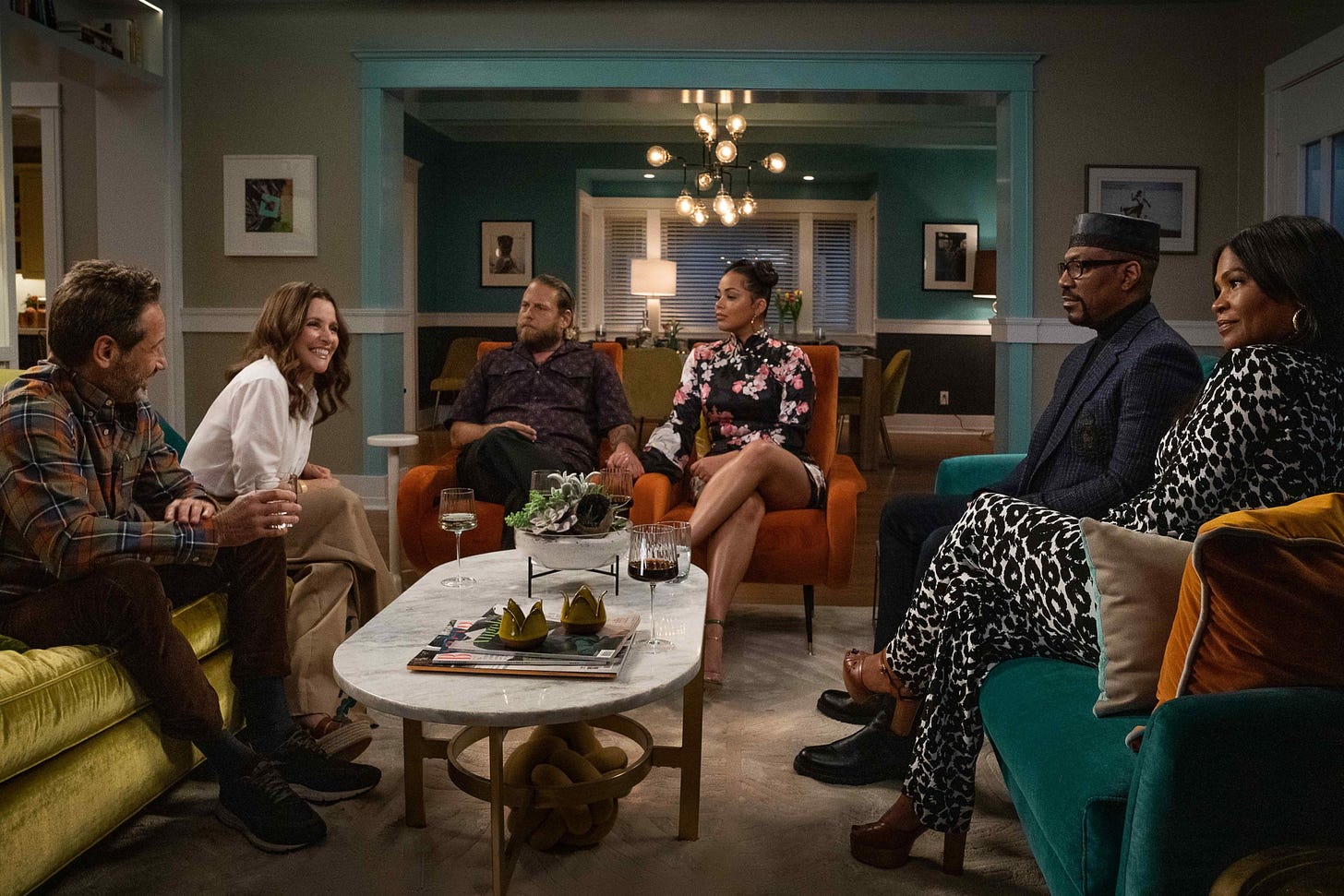
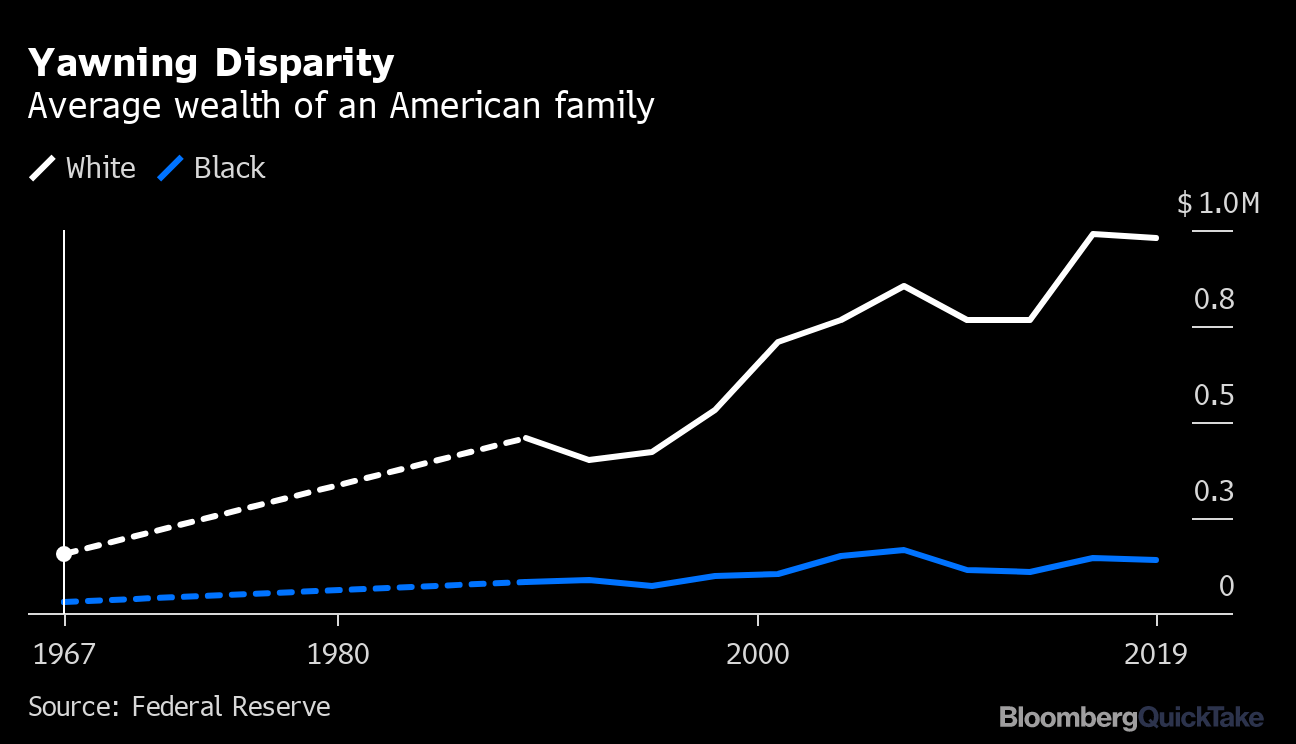
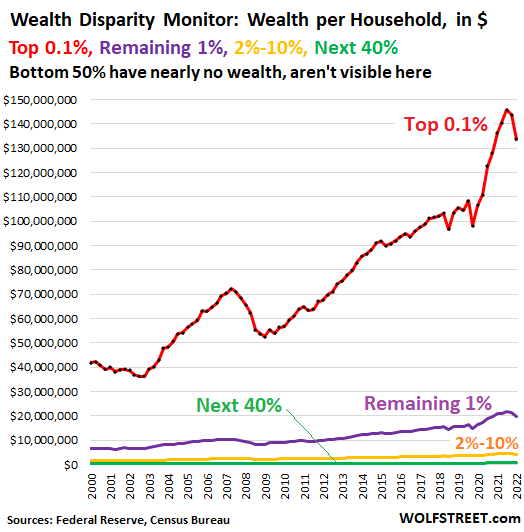
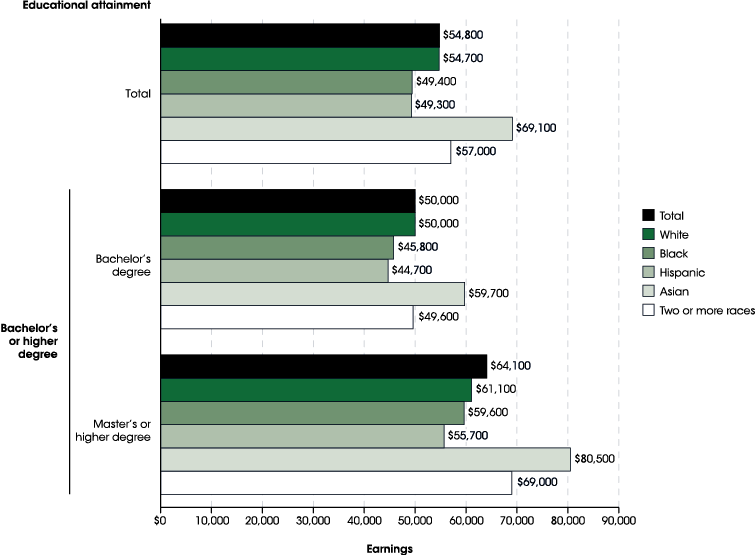
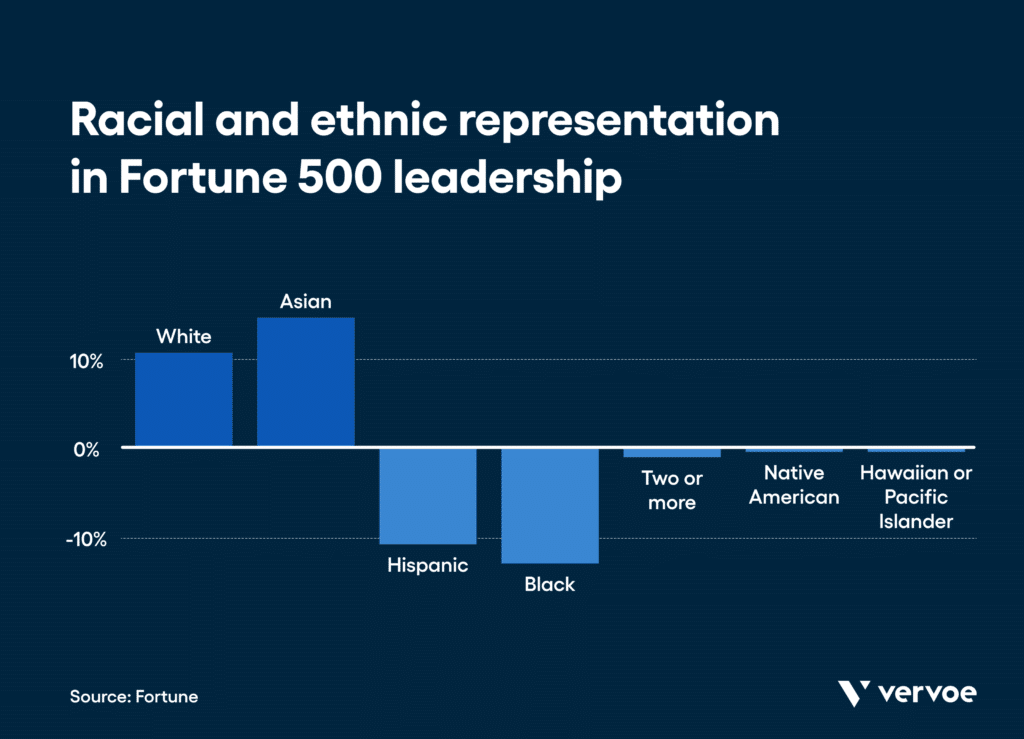
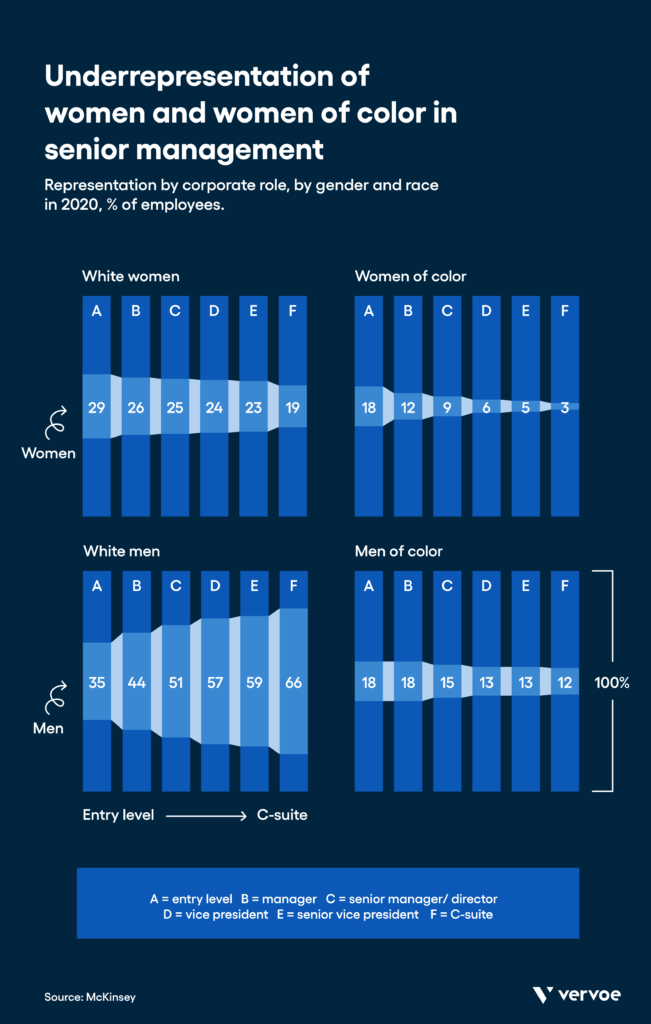
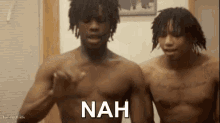
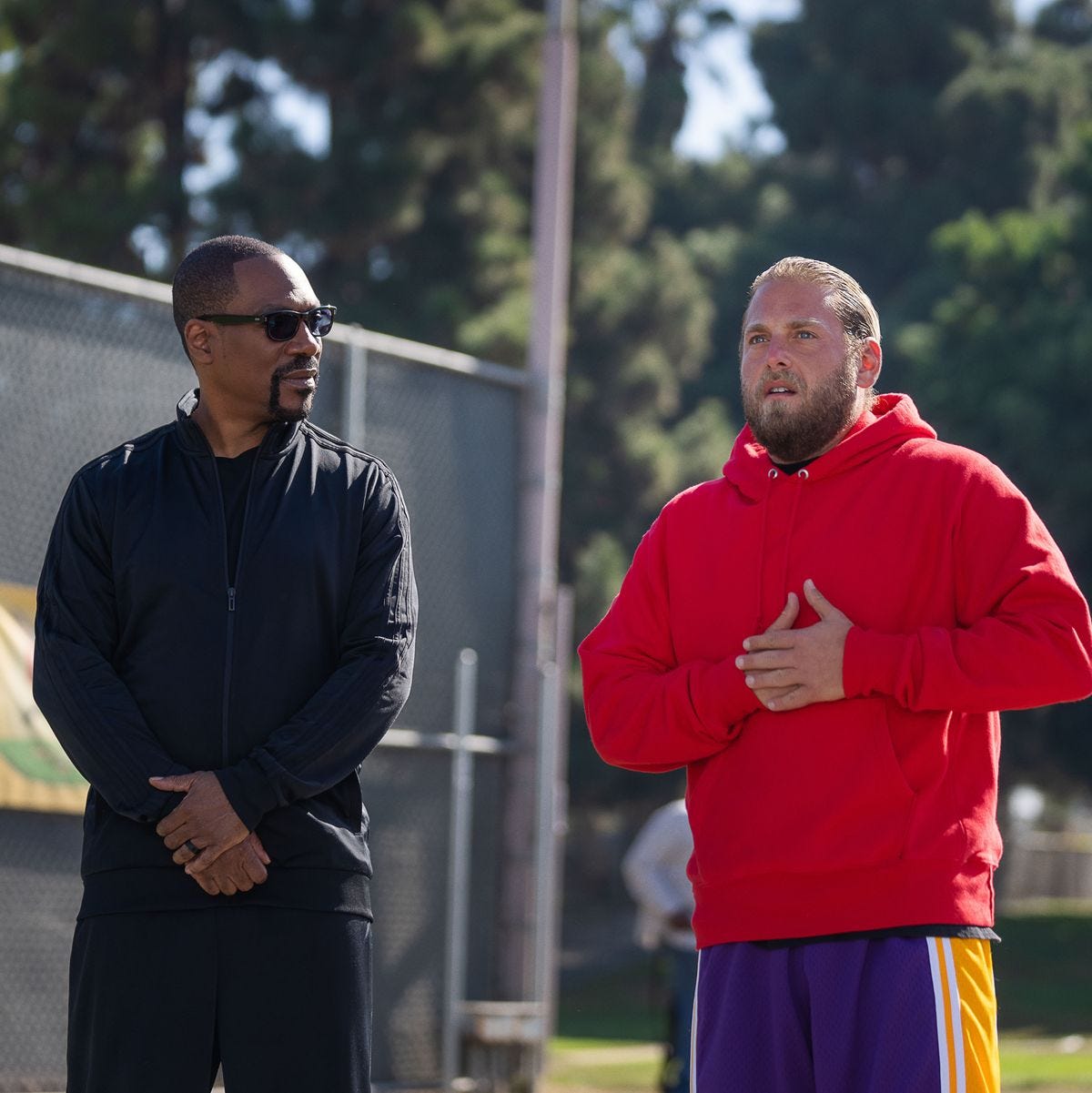
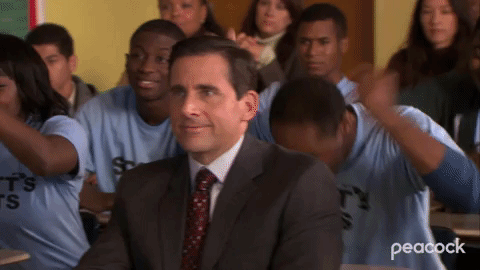
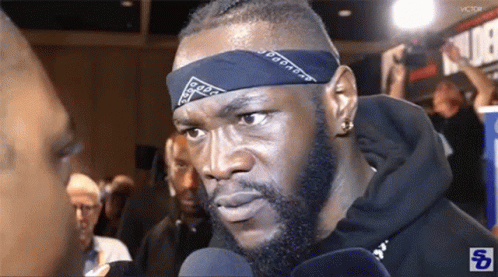
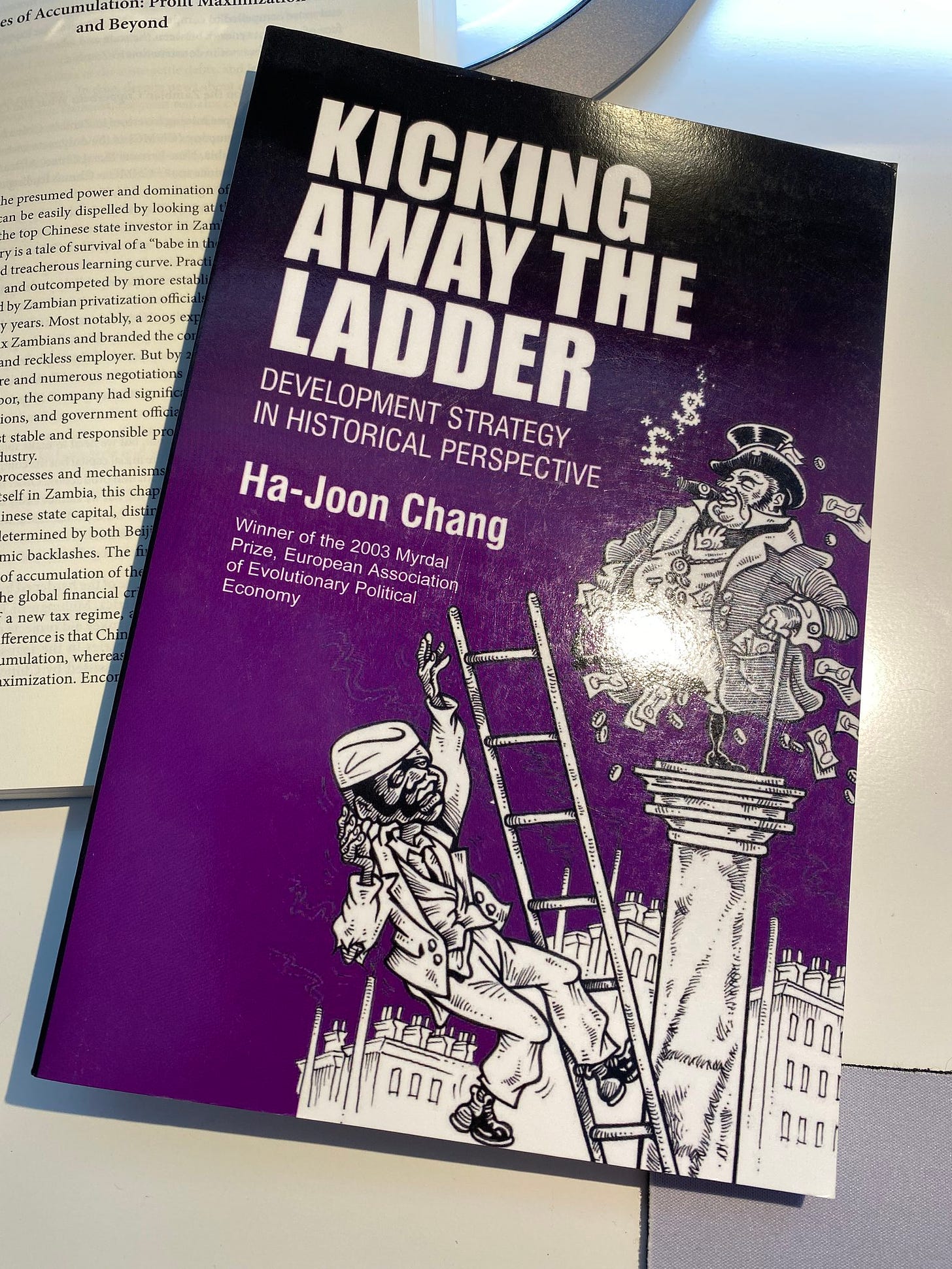
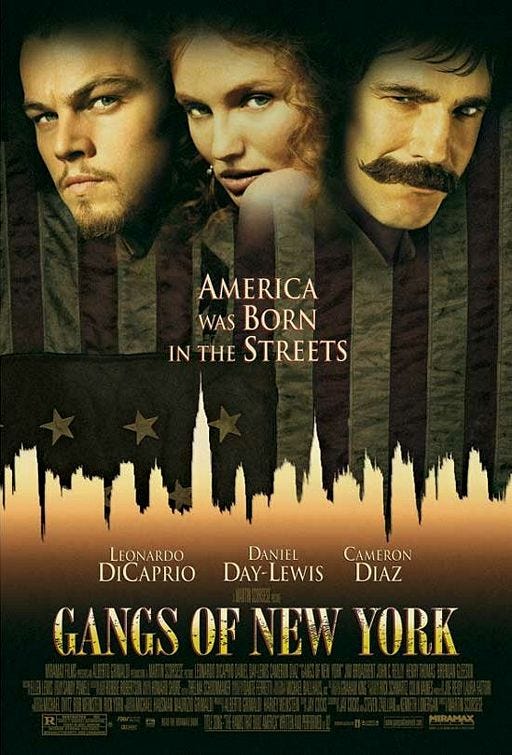
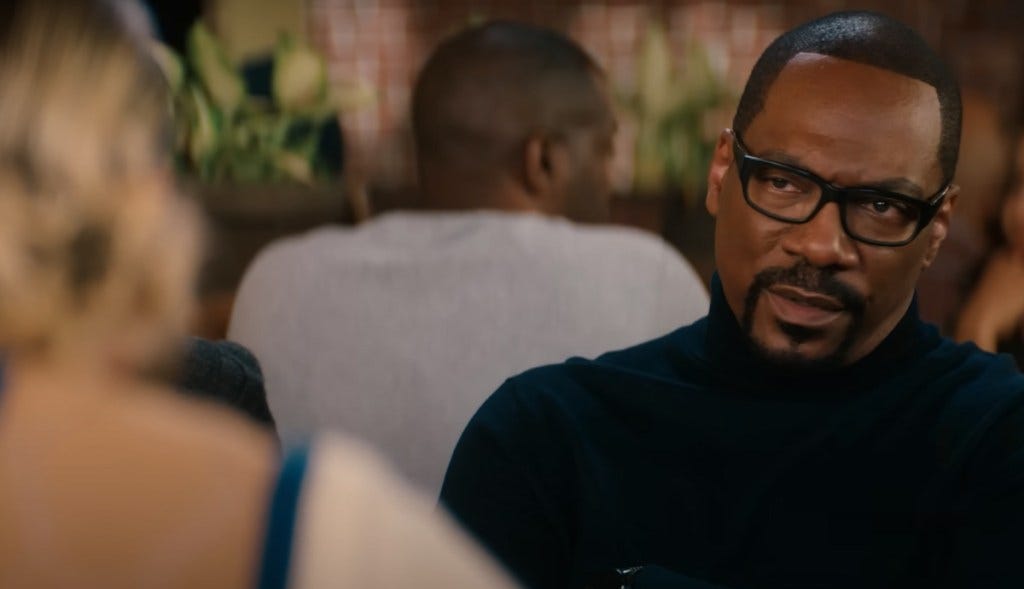
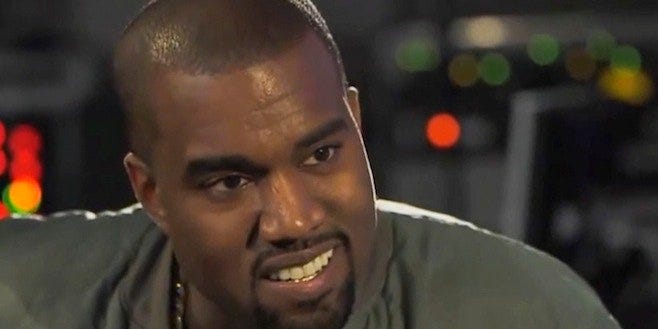
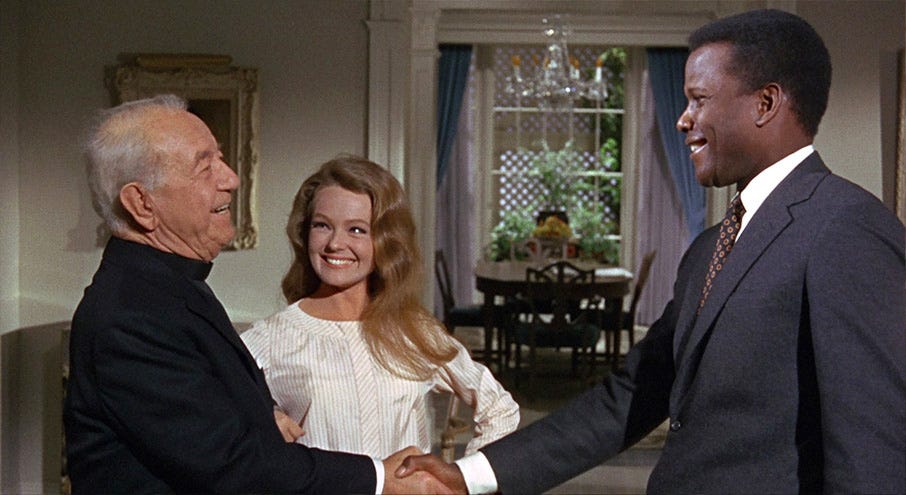
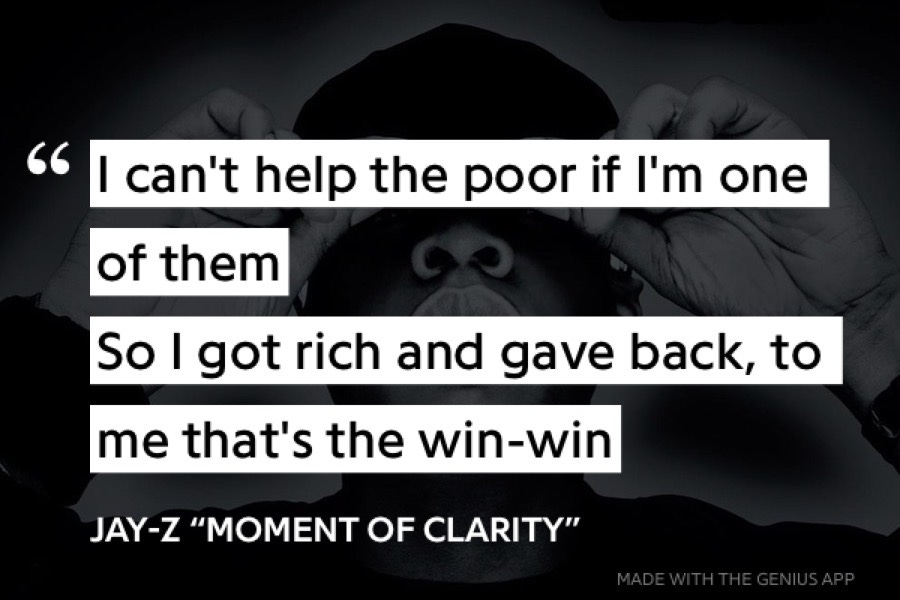
“Act above the streets,” good lord!!! Really wonderful exploration of a lot of angles and a blast to read, too.